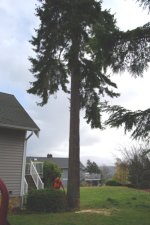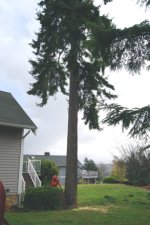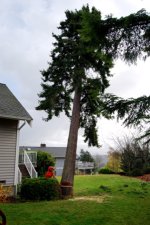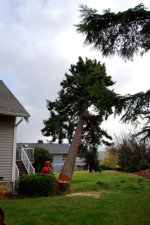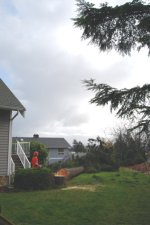Right On Dave:
I burned a chunk once. It took me 4 canisters of propane in the torch. And it took me about 3 days to dig my splitting maul out of it after I pounded it in with a sledge, trying to get a 2 foot piece to split. Barried 2 wedges into that thing as well. Worked best to split it after the temperature was down to 10 above for a week.
Barried 2 wedges into that thing as well. Worked best to split it after the temperature was down to 10 above for a week.
NEVER accept cotton wood from a wood hauler. It's more work than it is worth.
Harvey
SleepyC :moon
Cottonwood is not worth burning.
I burned a chunk once. It took me 4 canisters of propane in the torch. And it took me about 3 days to dig my splitting maul out of it after I pounded it in with a sledge, trying to get a 2 foot piece to split.
NEVER accept cotton wood from a wood hauler. It's more work than it is worth.
Harvey
SleepyC :moon

